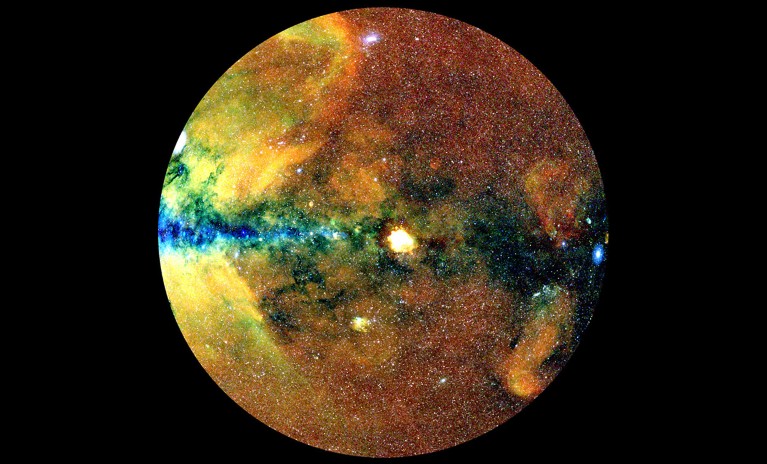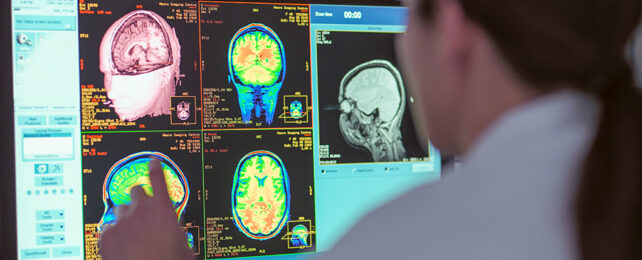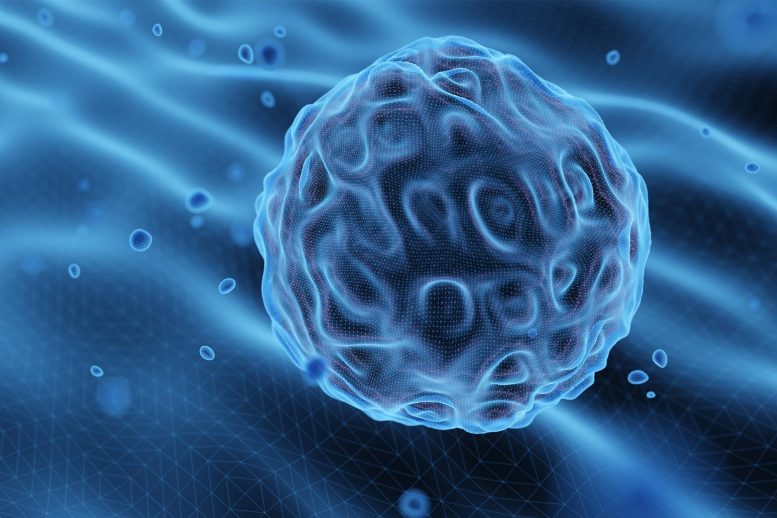
STORY HIGHLIGHTS
Modern birds have evolved from some of the smaller dinosaurs and it is held to be logical that in the food-deficient aftermath of the asteroid hit, smaller life-forms were able to survive as opposed to their much larger ‘dino’ counterparts. But a study now contends that asteroid-hit did not have an effect on the evolution of birds as they had started diversifying even before the catastrophic event
An asteroid hit Earth 65 million years ago and in one stroke, started a process that resulted in the elimination of 75 per cent of life on Earth over the next decade and ended the reign of dinosaurs. It is almost unanimously held that the catastrophic event paved the way for mammals and other forms of life to thrive and for humans to ultimately develop. But did the asteroid help birds?
Modern birds have evolved from some of the smaller dinosaurs and it is held to be logical that in the food-deficient aftermath of the asteroid hit, smaller life-forms were able to survive as opposed to their much larger ‘dino’ counterparts. This eventually resulted in the evolution of the ‘normal-sized’ birds we see today.
But a study now contends that the asteroid hit did not have an effect on the evolution of birds as they had started diversifying even before the catastrophic event.
To arrive at their conclusion, the scientists studied 124 bird species.
“We found that this catastrophe didn’t have an impact on modern birds,” said Dr Shaoyuan Wu, an evolutionary biologist at Jiangsu Normal University, China
As reported by The New York Times, the international team of researchers found during the study that birds that are alive today had a common ancestor 130 million years ago. The ancestor evolved into different birds over millennia. However, the researchers say that the ‘family tree’ of this evolution was splitting steadily, both before and after the asteroid hit.
In other words, the asteroid hit in itself did not have an influence on the evolution of birds, contend the researchers.
The scientific community in general continues to study the asteroid impact that came close to eliminating life on Earth by causing huge tsunamis, massive forest fires and triggering a decade-long winter.







